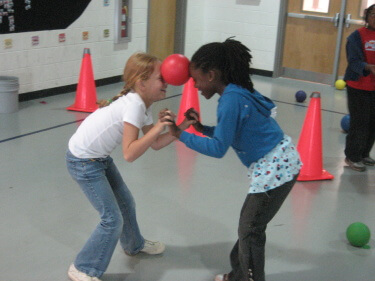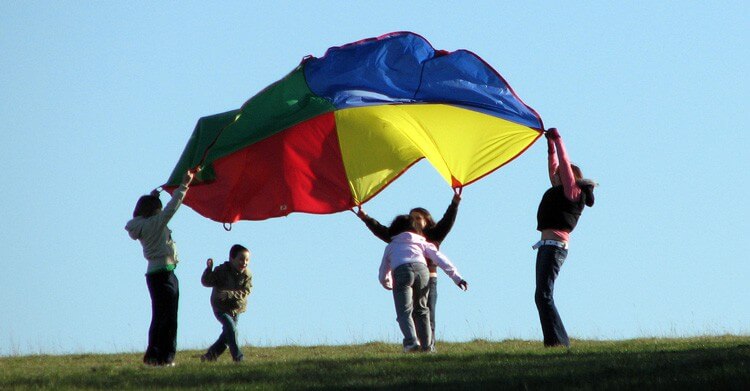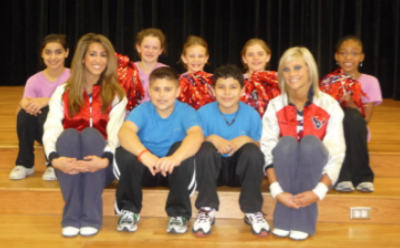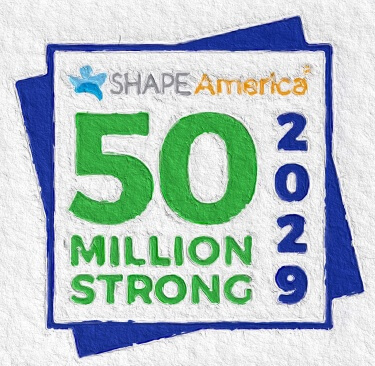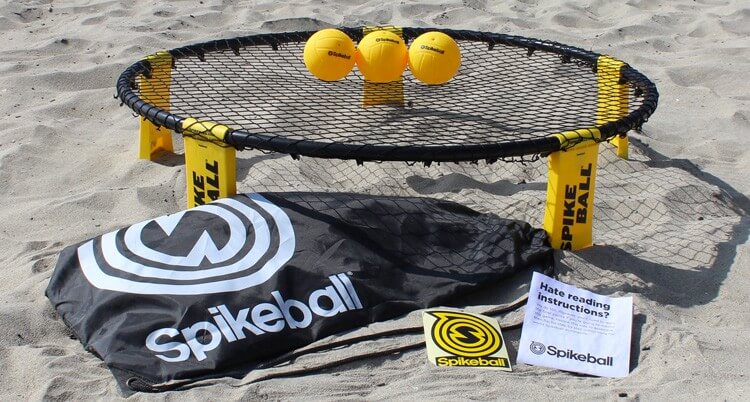As part of the teacher evaluation process in my school district, students are administered mid-year client surveys (student perception surveys) in specific classes. The surveys are a combination of free-response and quantitative (Likert scale) questions. Students complete the surveys online with a proctor, and the process takes about five minutes.
According to Hanover Research, “student surveys are a reliable measure of teacher effectiveness,” and “student ratings [are] significantly more accurate in predicting student achievement than teacher’s self-ratings, principal ratings, and principal summative ratings.” What our students have to say about our teaching is incredibly valuable. They see (and hear) it all.
How can we effectively sort through our students’ comments so they help us improve our teaching practice? Where do we begin? Do we focus on the negative comments, the things we might change or improve, or the positive comments, the things we already do well?
I met with my supervising principal last week to discuss my survey results. He explained that many teachers dwell on the negative comments and have trouble looking past them. He came up with an idea to help the teachers he advises focus on the positive things their students said about them. Using Wordle, he created a word cloud with all of the responses to the question, “I learn best when my teacher.” and printed it out in color.
